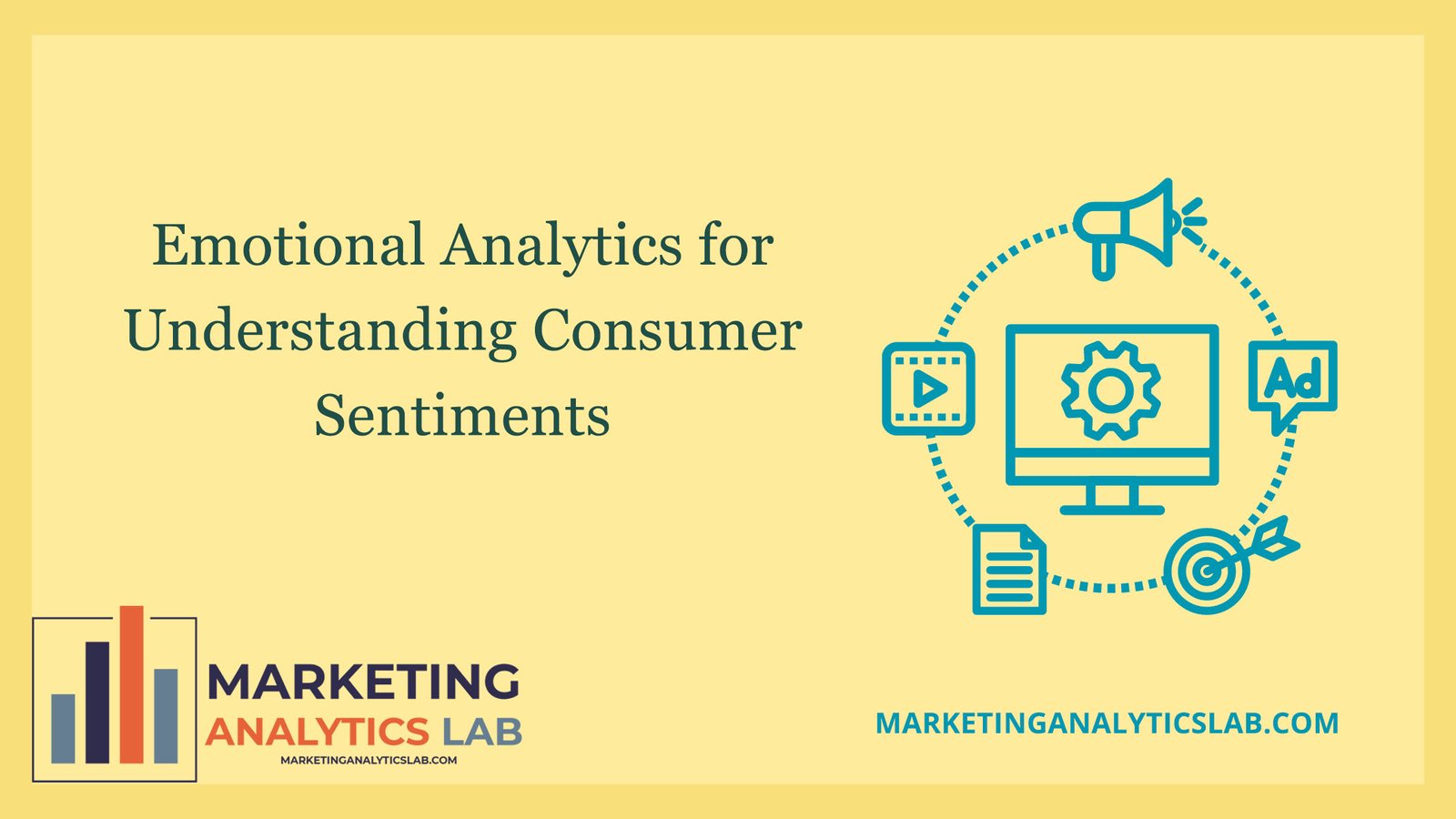Introduction
In today’s digital landscape, businesses are inundated with data. Among the various data types, consumer sentiment is a goldmine for marketers, product developers, and strategists. Emotional analytics, the process of analyzing emotional responses from consumers, has emerged as a vital tool in understanding consumer sentiments. By leveraging advanced technologies such as natural language processing (NLP) and machine learning, organizations can decode the emotions behind consumer interactions and opinions, providing valuable insights that drive strategic decisions.
What is Emotional Analytics?
Emotional analytics refers to the systematic evaluation of emotional responses, sentiments, and behaviors expressed by consumers across various platforms. This involves the collection of qualitative and quantitative data from social media, reviews, surveys, and other channels to identify the emotional tone and sentiments expressed by consumers. The primary goal is to gain a deeper understanding of how emotions influence purchasing decisions, brand loyalty, and customer satisfaction.
The Importance of Understanding Consumer Sentiments
Understanding consumer sentiment is crucial for several reasons:
- Enhancing Customer Experience: By analyzing emotional responses, companies can tailor their offerings to meet consumer expectations, thereby improving customer satisfaction and loyalty.
- Personalized Marketing: Emotional analytics enables businesses to segment their audience based on emotional responses, allowing for targeted marketing strategies that resonate with specific consumer needs.
- Product Development: Insights from emotional analytics can inform product development and innovation by identifying features or attributes that elicit positive emotional responses.
- Crisis Management: Organizations can quickly identify negative sentiments and respond proactively to mitigate potential crises, maintaining their brand reputation.
- Competitive Advantage: Companies that effectively utilize emotional analytics can gain insights into consumer behavior that competitors may overlook, providing a significant competitive edge.
How Emotional Analytics Works
Emotional analytics typically involves several key steps:
- Data Collection: This is the foundational step where data is gathered from various sources, including social media platforms, customer reviews, feedback forms, and online forums. Text, audio, and video data can all be included.
- Text Analysis: Using NLP techniques, businesses analyze text data to identify sentiment polarity (positive, negative, or neutral) and extract emotional cues. This involves the use of sentiment lexicons, which contain words associated with specific emotions.
- Emotion Detection: Advanced emotional analytics tools go beyond sentiment analysis to identify specific emotions such as joy, anger, sadness, fear, surprise, and disgust. This can be achieved using machine learning models trained on labeled datasets that classify emotions.
- Data Interpretation: Once the data is analyzed, organizations must interpret the findings in the context of their brand, products, and market trends. This step involves understanding the underlying reasons for consumer emotions and how they relate to business objectives.
- Actionable Insights: The final step involves translating insights into actionable strategies. This could include revising marketing campaigns, adjusting product features, or enhancing customer service protocols.
Tools and Technologies
Several tools and technologies facilitate emotional analytics:
- Sentiment Analysis Tools: Platforms like Lexalytics, MonkeyLearn, and IBM Watson analyze text data to extract sentiment and emotions.
- Social Listening Tools: Tools such as Brandwatch and Sprout Social monitor social media conversations to gauge public sentiment about brands and products.
- Voice Analysis Software: Technologies that analyze tone, pitch, and cadence in spoken communication to assess emotional states.
- Survey Tools: Online survey platforms can incorporate emotional response questions to gather direct feedback from consumers.
Challenges in Emotional Analytics
While emotional analytics holds tremendous potential, several challenges must be addressed:
- Data Privacy: The collection and analysis of consumer data must comply with privacy regulations (e.g., GDPR), which can limit data availability and affect insights.
- Data Quality: The accuracy of emotional analytics depends on the quality of the data collected. Noise in data, such as sarcasm or ambiguous language, can lead to misinterpretation of sentiments.
- Cultural Differences: Emotions can be expressed differently across cultures. Understanding these nuances is crucial for accurate sentiment analysis.
- Algorithm Bias: Machine learning models can be biased based on the data they are trained on. Ensuring diverse and representative datasets is vital for fair and accurate emotion detection.
Case Studies
- Consumer Goods Brand: A well-known consumer goods brand utilized emotional analytics to assess consumer sentiment regarding a new product launch. By analyzing social media conversations and customer feedback, they identified that consumers felt joy and excitement about specific product features. This insight allowed the brand to focus its marketing strategy on these features, resulting in a successful launch.
- Travel Industry: A major airline used emotional analytics to analyze customer feedback during the pandemic. They discovered heightened frustration related to cancellations and delays. The airline adjusted its communication strategy to address these emotions directly, improving customer relations and restoring brand loyalty.
Future Trends in Emotional Analytics
As technology evolves, several trends are expected to shape the future of emotional analytics:
- Integration of AI and Machine Learning: The continuous advancement of AI and machine learning will enhance the accuracy and efficiency of emotional analytics, enabling deeper insights.
- Real-time Analytics: Businesses will increasingly adopt real-time emotional analytics to respond promptly to changing consumer sentiments, enhancing customer engagement.
- Holistic Customer View: Emotional analytics will be integrated with other data sources (e.g., transactional data, behavioral data) to create a comprehensive view of the customer journey.
- Focus on Ethics: As emotional analytics becomes more prevalent, ethical considerations regarding data usage, consent, and bias will gain greater importance.
Conclusion
Emotional analytics offers a powerful lens through which businesses can understand consumer sentiments and drive strategic decision-making. By harnessing the emotional data embedded in consumer interactions, organizations can enhance customer experiences, tailor marketing efforts, and innovate products. As technology continues to advance, the potential for emotional analytics will expand, providing businesses with the tools needed to stay ahead in a competitive marketplace. Embracing emotional analytics is not just a trend; it is a necessity for organizations aiming to thrive in the age of consumer-centric business strategies.

